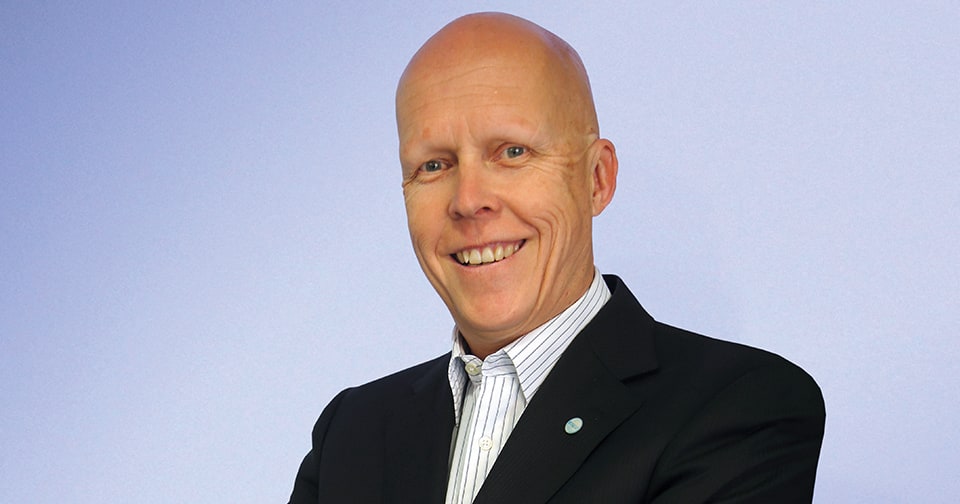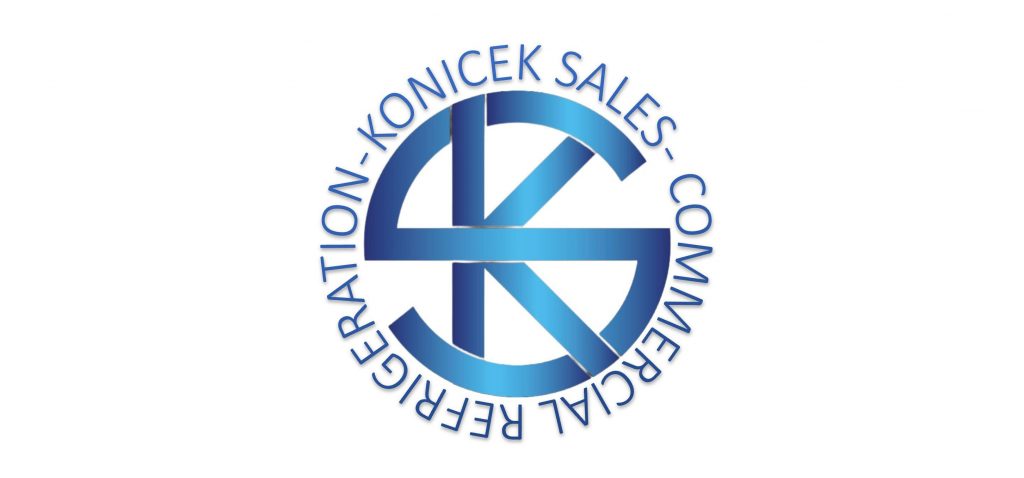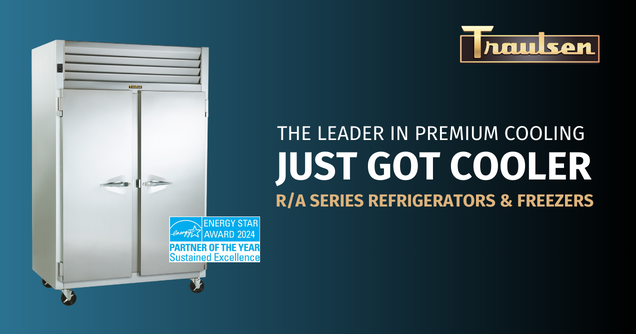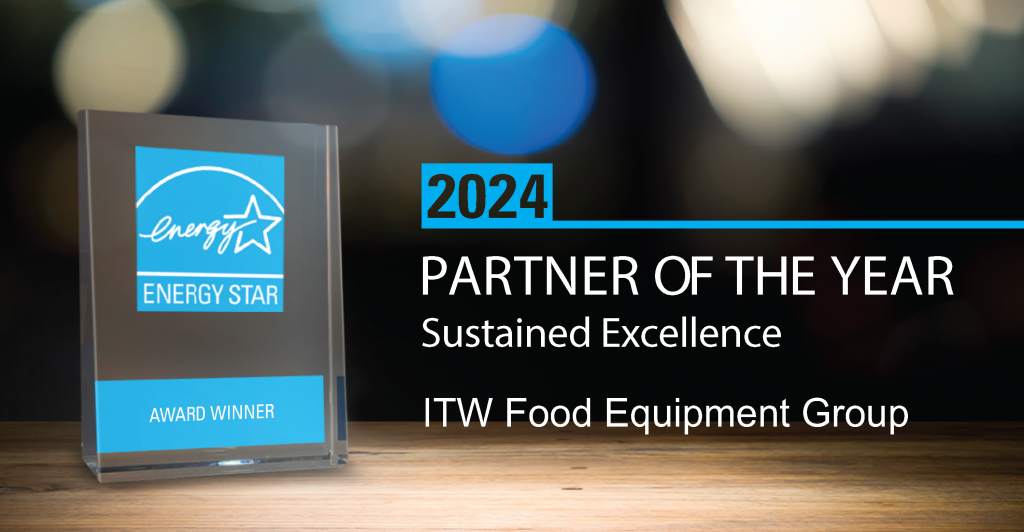
Mika Halttunen didn’t always want to be an engineer or a successful businessman, like his father Seppo. As a teenager growing up in Finland, success for him meant making it as guitarist in a band. “I wanted to be a rock star. Then I started to realise it wasn’t going to happen,” he smiles. “The guys in my first band were starting to go their different ways. I thought, ‘what do I do now?’”
Fortunately, he didn’t have to look too far for inspiration. His father Seppo Halttunen, an engineer with an entrepreneurial zeal, was already building Halton, the fledgling family business he founded in 1969, into a growing international concern.
Today, Mika Halttunen is chairman of the board of Halton Group, having taken over from Seppo when he retired in 1992, and has never looked back from the day he decided to follow his father into the business. “It’s been a lot of fun and a great journey. Next year we’ll be celebrating 50 years of existence. It’s going to be a nice year for us.”
Start me up
That journey has seen the company grow from a struggling Finnish start-up manufacturing speciality equipment for supermarkets into the global technology leader in indoor air solutions. The company, still owned by the Halttunen family, is headquartered in Helsinki and has production units in Finland, France, Germany, Hungary, UK, US, Canada, China and Malaysia – with R&D units in eight of those countries.
Licensed production is carried out in South Africa, Mexico, New Zealand and Australia. The Group employs nearly 1,500 people in 35 countries, while the company’s turnover in 2017 was approximately €205m.
Halton provide solutions for commercial and public premises, healthcare institutions and laboratories, professional kitchens and restaurants as well as energy production environments and marine vessels. It prides itself on providing its customers with energy- efficient “safe, comfortable and productive indoor environments”.
The Group offers a global range of pioneering technology via its four business segments: Halton Buildings, Halton Health, Halton Marine and Halton Foodservice. The latter company provides kitchen ventilation, fire safety and integrated lighting solutions for professional kitchens, restaurants and food courts worldwide.The company, says Halttunen, owes everything to the persistence and ambition of his father.
“Seppo, was an entrepreneur. He wanted to start his own business. That was his goal. He had a manufacturing background, so his idea was to get into manufacturing products.”Mika Halttunen was nine years old when the company was started, and recalls listening to his parents discussing the early travails of the business “every day” at the kitchen table.
“I grew up with the company. I understood that it was really tough,” he recalls. “I remember stories about bankruptcy. My father was stressed and had some health issues, spending time in hospital because of high blood pressure. But after the company went through a kind of ‘death valley’, as there is in the beginning of all businesses, things started to develop positively.”
Seppo Halttunen was a refrigeration engineer by trade, having worked in Finnish companies manufacturing refrigerators and equipment for supermarkets. When he launched Halton, the company had two product lines, providing equipment such as checkout counters for Finnish and Norwegian supermarkets. Later the business expanded to incorporate a recycling business.
But what Seppo really wanted for his company in the long-run, was to get into the air and ventilation sector. “In Finland at the time there is no quality manufacturer of air distribution equipment and that was the niche area he wanted to be in,” says Halttunen.
“The story goes that when Seppo was a factory manager at his previous company a new factory was built in Finland and he wondered why the ventilation products were imported from England. He said: ‘This is a nice-looking product, and I understand how it is made. Why can’t these be built in Finland?’ He knew this could be an opportunity.”
Seppo launched a range of successful specialty Halton PRA air ow dampers in the early 1970s. “They began to gain traction and then we started an export business,” says Halttunen.
In turn that led to Halton developing a full-service business, manufacturing the first unique kitchen ventilation hood, with better capture and containment than existed in the marketplace. Halton’s “Capture Jet Technology” inspired the launch of the Capture Jet Hood in 1984, a core technology in its product range.
Seppo Halttunen had already realised in the 1970s that the Finnish market was not going to sustain the growth he wanted from the business. “He wanted to get into international markets because Finland, was too small,” says Halttunen.
The first significant international operation for Halton was the opening of a checkout counter factory in Ontario, Canada in 1978. “It was quite spectacular, because it was less than 10 years from our launch and there was no real international expertise, besides the little bit my father had,” says Halttunen.
There were, he says, political reasons for choosing to manufacture outside of Finland, rather than simply a bid for overseas expansion.
“Even though Finland was an independent country in the 1970s, the Soviet Union had a very strong say in our political world. Left wing parties were powerful and entrepreneurs were not highly regarded. There was talk of entrepreneurs as ‘half criminals’, taking money out of people’s banks or suppressing them. My father did some research, deciding Canada was the place to start manufacturing. Our North American operations started there.”
By the 1980s, Halton could boast a series of unique indoor air-side products and was ramping up the sales and production of kitchen hoods in Europe. “That gave us the self-confidence,” says Halttunen. “We established customer relationship units (CRUs) in Europe. International growth started to happen.”
Years prior to this, Mika Halttunen had begun, tentatively, to get involved with the company, taking on summer jobs when he was 13 and learning the ropes in different departments. “It was really fun and exciting, getting to know the people in the factory. Then, I decided to study for a Masters of Engineering, specialising in Heating, ventilation and air conditioning (HVAC) at the University of Technology in Helsinki (now Aalto University). He graduated in 1980, completed his compulsory military service in Finland and joined the business in 1981.
Good vibrations
Halton made its first major acquisition in 1989, purchasing leading French air diffusion manufacturer, Animotherm. The business logic for Seppo and Mika Halttunen – whose responsibilities were growing each year in the company – was clear.
“We believed Finland would never join the EU. It was politically impossible. We needed to be inside ‘Fortress EU’. We wanted to grow, so we looked for companies in some of the big domestic European countries and found a good company in France. In 1989 we became French also. That was a big deal.”
When Halttunen joined the business, he knew immediately he was learning from an inspirational leader. “My father was very entrepreneurial. He had strong opinions on how companies should be run and the type of company he wanted us to be. We are still basically following the same principles, after almost 50 years, that he established in his vision.”
For Seppo Halttunen that meant rationalising and “specialising” Halton’s product range (the company would ultimately sell the recycling business and completely divest the supermarket company to Mika’s eldest brother in 1997) and continually investing in research and development. “That’s the only way you can compete when you come from Finland in a far corner of Europe. You need to constantly develop new things,” says Halttunen.
Seppo also believed in finding leaders within the business and delegating to them. “He felt the company was more than him. He pushed people up in the organisation and made sure they understood the company – where money came from and what the fixed costs were. This was very progressive for a small Finnish metal fabricator.”
Mika Halttunen still practices these principles, despite the company now being significantly larger. He wants Halton to retain the fleet-footed agility it has always possessed; however large the business becomes. “We cannot grow too big in our units, because it’s important people know each other and everybody is in ‘the same boat’. We maintain a small family company spirit, agility, flexibility and focus. Everybody understands the business and the customers. We have the wide shoulders of a big company, but the agility and motivation of small units.”
Good times, bad times
The journey, as with any longstanding business, hasn’t always been easy. In 1991, having experienced rapid economic growth in the 1980s, Finland faced a severe recession that took away a huge chunk of Halton’s domestic market. “We lost 60% of the Finnish market, which was pretty brutal. We survived, thanks to the fact we were already international, but it was tough,” says Halttunen.
On 1 January 1992 Mika Halttunen took the helm at Halton from his father, who, at 65, wished to retire in order to “enjoy life” and travel the world with his wife. “We talked [about succession] for a long time. My older brother and my younger sister were already owners in the company. We had issues sorting it all out. But in the end, everything was managed.”
Following an uneven start to the 1990s, Halttunen felt “something had to be done to release energy into the organisation” to kickstart growth. The introspection proved fruitful as the company again rationalised its business into a series of strategic business areas (SBAs).
Since 1997 Halton has focused on producing indoor air products. This resulted in Halton forming its four key business segments. All have the commonality of handling air in demanding environments. “The shared thing is understanding how air behaves and how it affects people’s wellbeing in different spaces,” says Halttunen.
On the foodservice side, Halton increased its offering via the important strategic acquisitions of some of its biggest competitors, Vent Master UK and Vent Master in North America, owned at the time by Enodis Group, and subsequently the purchase of the German manufacturer Wimböck.
International growth has remained strong. Halton introduced its kitchen ventilation products to the US in 1988, while the new Millennium has seen Halton become well-established across the world, having already started conducting business in Asia in 1996, via a factory in Kuala Lumpur, Malaysia.
For Halttunen, Halton is a special company because of its people. “I’m really proud of them. I believe people make the company. We can buy machines and build buildings, but people are the essence. We have a unique culture.”
According to Halttunen, another key factor in Halton’s success is its longevity and experience in different markets. “We try not to panic. We are patient. We make plans and we follow them. We are looking for pro table growth and expansion, but we don’t react unnecessarily quickly if something happens.
Halton continue to invest in new technological innovations, says Halttunen, bringing value to operators and chefs. “We create happy chefs and that creates happy customers.”
Seppo Halttunen passed away in 2013 aged 85. He had, his son says, “A long, nice life and was able to do what he loved. He never envisioned Halton would end up operating in more than 30 countries. For him, it was just important to focus on growth, then good things would happen.”
For Mika Halttunen, who is also hoping to work out a long-term succession plan with his three children when they are ready, the big challenge is finding and managing the right people. “We have a great base we are jumping from to be able to humbly service our customers and develop new solutions.”
While those teenage dreams of a rock ’n’ roll life may not have come true, it’s clear that dreaming big about his company and fulfilling his father’s ambitions have become a worthy replacement for Mika Halttunen. And that’s got to be worth singing about.
Mika Halttunen on himself
I’m happiest when I’m with customers. I suppose that’s makes me some kind of marketing guy. I’m a pretty lousy engineer. I got my degree in order to get into the business but I never wanted to get into the nuts and bolts [of engineering]. We have enough of these great people in the company. I enjoy building new things, acquisitions or new operations.
Gigging with consultants
Halton work closely with FCSI members in order to better understand their customers, says Halttunen. “Consultants are the interface to customers. They come up with new trends and concepts and are crucial to bringing new ideas. They are a very important group of opinion leaders.”For Halttunen this has led to some great friendships with members. William Caruso FFCSI and Jim Petersen FCSI have joined his Halton Friends Blues Jam band for gigs during industry shows. “It’s a dream come true – playing blues and rock ’n’ roll with friends.”
Michael Jones




